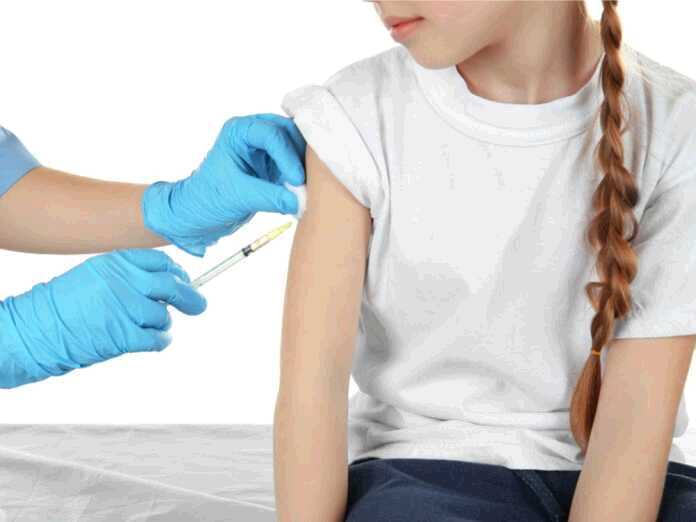
One of the most common STIs in the United States, the human papilloma virus is linked to several types of cancer. Fortunately, in the past decade, a reliable vaccine against the disease has been developed, making boys and girls all over the country immune to the disease. However, research shows that girls are more likely to get vaccinated for HPV than boys.
So, why are HPV vaccination rates lower for boys?
What is HPV?
The human papilloma virus is actually a group of around 200 viruses that can be spread through, oral, vaginal, and anal sex. The virus is hard to diagnose, since it often shows no symptoms. In fact, around 45% of men are walking around with HPV without knowing about it. One common symptom of HPV are genital warts that can be found around the anus and genitals.
HPV Vaccination
But, even though the disease can be beaten with a vaccine, the data shows that only 56 percent of boys get vaccinated for the condition, compared to 65 percent of girls. HPV has already been linked to several types of cancer, so getting vaccinated should be a priority for both boys and girls.
Why Are HPV Vaccination Rates Lower for Boys?
There are several reasons why fewer boys than girls get vaccinated for HPV. Since the vaccine has been approved in 2006, it was mostly recommended for girls because HPV was strongly linked to cervical cancer. It wasn’t until 2011 that the CDC started recommending the vaccine for boys and men.
Although doctors now recommend the vaccine for both boys and girls, the link between HPV and female cancers is still more familiar.
Conclusion
Although HPV can cause cancer in both men and women, HPV vaccination rates are still lower in boys. Make sure your boy gets vaccinated to reduce the risk of several types of cancer.






























